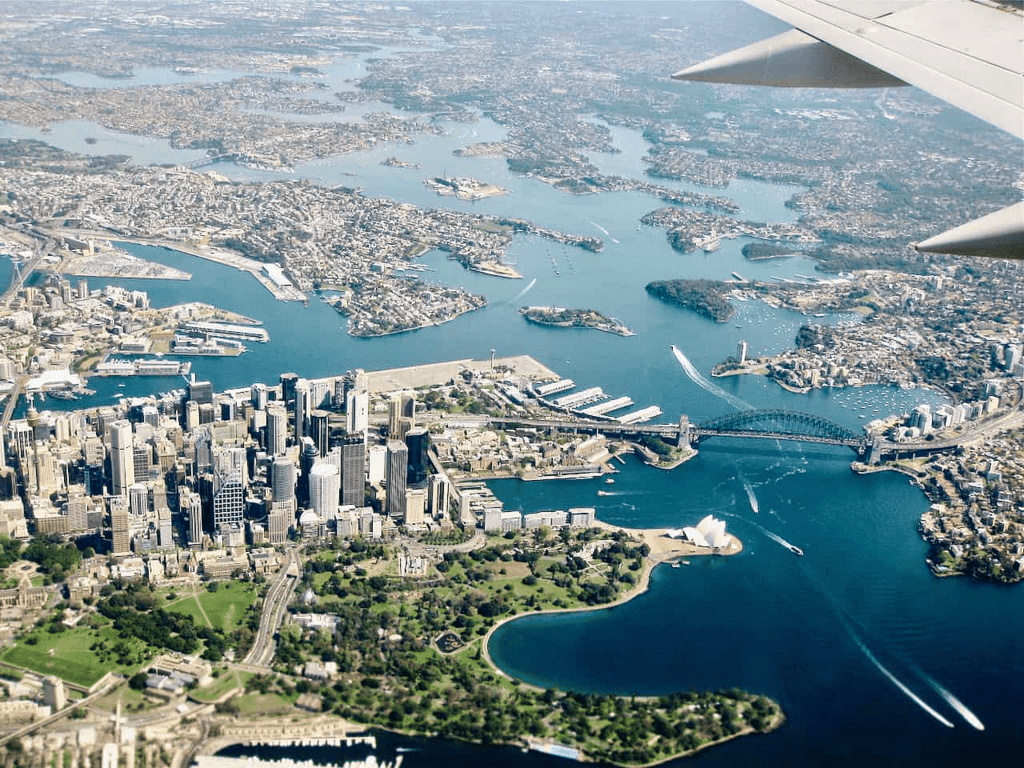Geography Lesson Summary Class 8 English Honeydew
| Table of contents |

|
| Key Points of the Poem |

|
| Detailed Summary |

|
| Theme/Message |

|
| Difficult Words |

|
Key Points of the Poem
- In this poem “Geography Lesson”, Zulfikar Ghose talks about how the earth looks from various heights when one is in an airplane or a jet.
- He tells the readers that what looks unplanned before the jet takes off, makes sense after it is in the air.
- Once at a certain height, it became clear as to why the city had been developed the way it is.
- He found the logic behind geography, justified all the facts about the earth being round and having more water than land, but one thing he could not understand was why men found reasons to hate each other, kill each other and build borders across nations.
 Zulfikar Ghose
Zulfikar Ghose
Detailed Summary
When the jet sprang into the sky,
it was clear why the city had
developed the way it had,
seeing it scaled six inches to the mile.
There seemed an inevitability
about what on ground had looked haphazard,
unplanned and without style
When the jet sprang into the sky
Explanation: In the first stanza, the poet talks about how the city looked like when the jet took off into the sky. He says that as the jet covered a height of six inches to a mile, it made sense why the city had been developed the way it is. He mentions how unavoidable it was to notice how unplanned and non-stylish the city looked before the jet took off. When he says that whatever there was on the ground looked “haphazard”, he means that it appeared as if it was made without a plan or order.  When the jet reached ten thousand feet,
When the jet reached ten thousand feet,
it was clear why the country
had cities where the rivers ran
and why the valleys were populated.
The logic of geography —
that land and water attracted man —
was clearly delineated
When the jet reached ten thousand feet.
Explanation: In the second stanza, when the jet reached a height of ten thousand feet, he talks about how it all made sense as to why the country had cities built along the rivers. The rivers provide resources as well as a source of earning and livelihood. The poet even understood why the valleys were inhabited. Moreover, the logic behind the geographical structure could clearly be seen when the jet reached a height of ten thousand feet. The logic of Geography stated that the intersection of land and water fascinated men.
When the jet rose six miles high,
it was clear the earth was round
and that it had more sea than land.
But it was difficult to understand
that the men on the earth found
causes to hate each other, to build
walls across cities and to kill.
From that height, it was not clear why.
Explanation: The poet mentions that as the jet reached a height of six miles, one could clearly see that the earth is round. It was also visible that the seas covered more earth than land. All these facts became clear but one thing the poet could not justify was the hate that existed among men. He could not understand why people found reasons to divide cities by building walls or why men kill each other. Even from such a height, these questions still remained unanswered.

Theme/Message
This poem concludes that we have limited natural sources, and we must use them wisely. There can be peace and harmony all over the world, but only if human beings try to understand the pain and problem of each other and do not fight over trivial things; by doing this, Earth will become a beautiful place to live in. The moral of the poem is that we shall use natural resources like land and water wisely. Also, we shall all live together on harmony and not fight with each other over trivial things. In this way, we can make Earth a beautiful place to live in.
Difficult Words
- Sprang– move rapidly upwards
- Scaled– covered
- Inevitability– the quality of being certain to happen; that cannot be avoided
- Haphazard– without plan or order
- Delineated– shown
|
36 videos|330 docs|56 tests
|
FAQs on Geography Lesson Summary Class 8 English Honeydew
| 1. What is the poem "Geography Lesson" about? |  |
| 2. Who is the author of the poem "Geography Lesson"? |  |
| 3. What literary devices are used in the poem "Geography Lesson"? |  |
| 4. What is the message of the poem "Geography Lesson"? |  |
| 5. What is the significance of the title "Geography Lesson" in the poem? |  |
















